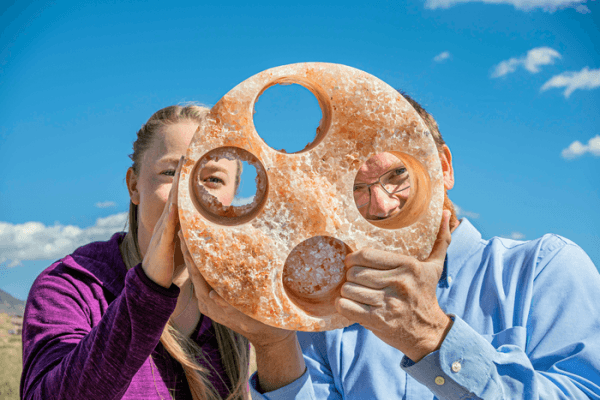Scientists from Sandia, Los Alamos and Lawrence Berkeley national laboratories have just begun the third phase of a years-long experiment to understand how salt and very salty water behave near hot nuclear waste containers in a salt-bed repository.
Salt’s unique physical properties can be used to provide safe disposal of radioactive waste, said Kristopher Kuhlman, a Sandia geoscientist and technical lead for the project. Salt beds remain stable for hundreds of millions of years. Salt heals its own cracks and any openings will slowly creep shut.
For example, the salt at the Waste Isolation Pilot Plant outside Carlsbad, New Mexico — where some of the nation’s Cold War-era nuclear waste is interred — closes on the storage rooms at a rate of a few inches a year, protecting the environment from the waste. However, unlike spent nuclear fuel, the waste interred at WIPP does not produce heat.
The Department of Energy Office of Nuclear Energy’s Spent Fuel and Waste Disposition initiative seeks to provide a sound technical basis for multiple viable disposal options in the U.S., and specifically how heat changes the way liquids and gases move through and interact with salt, Kuhlman said. The understanding gained from this fundamental research will be used to refine conceptual and computer models, eventually informing policymakers about the benefits of disposing of spent nuclear fuel in salt beds. Sandia is the lead laboratory on the project.
Read more at DOE/Sandia National Laboratories
Image: Sandia National Laboratories researchers Melissa Mills, left, and Kristopher Kuhlman peer through a salt sample from their Waste Isolation Pilot Plant experimental site. (Credit: Photo by Randy Montoya/Sandia National Laboratories)


